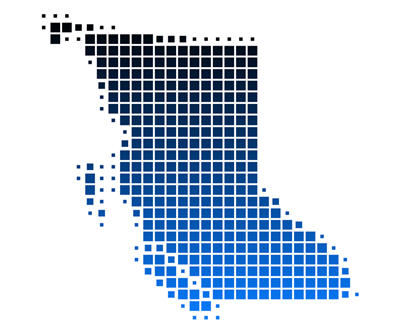
Coal prices are in the toilet, shipments and profits through Ridley Terminals were roughly halved in 2014 and marginal mines continue to shut down.
So why has Atrum Coal NL (ASX:ATU), an Australian junior miner, shoveled $40 million to date into the ground 150 kilometres northeast of Stewart to develop a new $600 million anthracite coal mine?
And why has businessman Ted Pickell invested $70 million in the new Stewart World Port?
Answer: Unlike regular metallurgical coal, anthracite coal prices remain relatively high – double the price of regular met coal – and as far Atrum is concerned, Canada not only has world-class deposits of the high-quality steel making coal, B.C.’s investment climate for mining is better than in Australia.
“There’s great coal here, there’s great infrastructure here, it’s equidistant to market, but moreover the government supports us here,” Peter Doyle, Atrum’s vice president of marketing and business development, told a Coal Association of Canada conference in Vancouver Friday, September 18.
Atrum has long-range plans to develop multiple underground anthracite coal mines, and eventually move the coal through the Port of Stewart. It has signed a memorandum of understanding with the Stewart World Port for 5 million tonnes of shipping capacity per year.
Stewart is only 150 kilometres from the mine site. But there is no direct connection, so the long-term plan would be to build a railway link that would allow the coal to move by rail to an existing road and then by truck to Stewart.
For the first phase of the project – the Groundhog mine – the company plans to ship coal through Ridley Terminals in Prince Rupert.
Anthracite is the highest grade of coal in the world. Most metallurgical coal is turned into coke and then used in making steel. Anthracite does not need to be turned into coke before being used to make steel.
Met coal prices are now in the US$90 per tonne range – less than a third of what they were in 2011. In Europe, anthracite sells for US$175 per tonne, Doyle said.
The higher prices are largely related to supply. Production of anthracite in the Ukraine has been disrupted by the civil conflict there, for example.
Doyle said the company believes the deposit in and around the Groundhog mine is the largest undeveloped anthracite deposit in the world with the potential for multiple underground mines.
The company hopes to have a bulk sample permit in hand by the end of this year and plans to do a small underground test mine to firm up the deposit’s quality and potential buyers in Asia – Japan being a key market.
Other mine projects in B.C. – particularly coalmines – have run into problems with First Nations. But Doyle said the company began working with key First Nations – notably the Gitxsan and Tahltan – from the start and have a “very strong relationship” with them.
“One of the first things we did was made a substantial loan to the corporation that Gitxsan have to set them up to service us,” Doyle said, adding last year 40 of the 47 people employed at the mine site were First Nations.